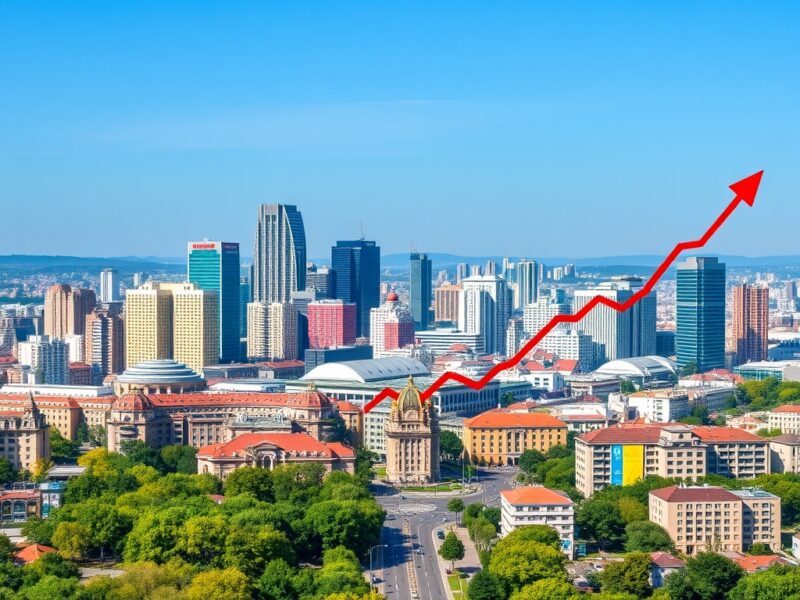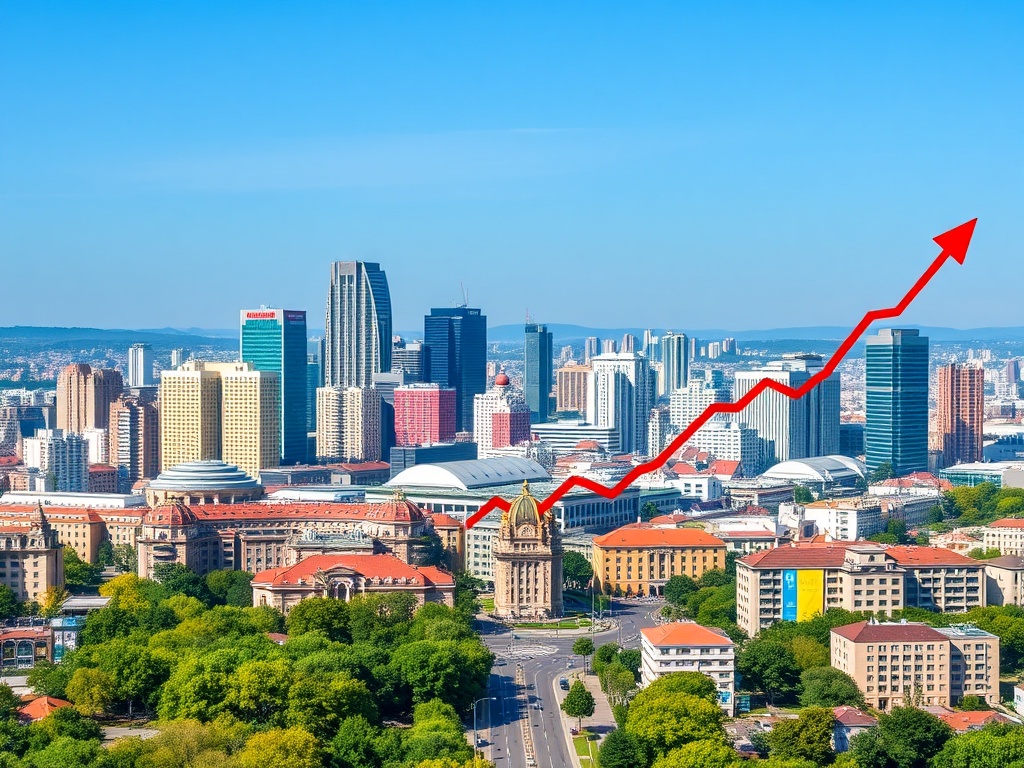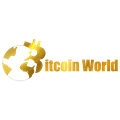Romania GDP Growth: A Remarkable Economic Resurgence Unfolds
0
0

BitcoinWorld

Romania GDP Growth: A Remarkable Economic Resurgence Unfolds
In the intricate dance of global economics, every beat of a nation’s pulse sends ripples across markets, influencing everything from traditional stocks to the volatile world of cryptocurrencies. For those keenly observing the macro landscape, recent news from Eastern Europe offers a compelling narrative. Romania GDP growth in the second quarter has not just met, but remarkably surpassed, expert expectations, signaling a robust and unexpected acceleration for the nation’s economy. What does this significant turnaround mean for investors and the broader European financial outlook?
Romania GDP Growth: What’s Fueling This Surprising Surge?
Romania, often a quiet contender in the European economic arena, has delivered a performance that has captured attention. The latest data reveals that the country’s Gross Domestic Product (GDP) expanded beyond forecasts for the second quarter, demonstrating an underlying strength that many did not anticipate. This impressive Romania GDP growth is not an isolated event; it is the culmination of several internal and external factors working in concert. The primary drivers appear to be robust domestic consumption, fueled by wage increases and stable employment, coupled with a significant uptick in investment.
- Domestic Demand: A resilient consumer base, buoyed by rising disposable incomes, has continued to spend, driving growth in retail, services, and manufacturing sectors.
- Investment Influx: Both public and private investments have played a crucial role. Government infrastructure projects, often backed by European Union funds, have stimulated construction and related industries. Private sector confidence has also translated into new business ventures and expansions.
- Export Performance: While domestic demand was key, certain export sectors also contributed positively, leveraging Romania’s competitive advantages in specific industries.
This multi-faceted approach to growth suggests a more diversified and stable foundation than relying on a single economic pillar.
The Economic Rebound: Is This Momentum Sustainable?
The question on many economists’ minds is whether this strong economic rebound can be sustained in the long term, especially given global uncertainties. While the Q2 figures are undoubtedly positive, the path ahead is not without its challenges. Understanding the nuances of this recovery requires a closer look at key indicators and potential headwinds.
Consider the following comparative data:
| Indicator | Q1 2023 (Year-on-Year) | Q2 2023 (Year-on-Year) | Q2 2023 (Quarter-on-Quarter) |
|---|---|---|---|
| GDP Growth | 2.3% | 3.2% (estimated, exceeding 2.5% forecast) | 1.5% |
| Inflation Rate (Avg.) | 14.5% | 10.3% | Declining Trend |
| Unemployment Rate | 5.6% | 5.4% | Stable |
While the year-on-year growth demonstrates clear acceleration, concerns persist regarding persistent inflation, though it has shown a declining trend. Labor shortages in key sectors could also cap potential growth. Furthermore, global economic slowdowns or geopolitical events could inevitably impact Romania’s export markets and investor sentiment. However, the current trajectory suggests a resilience that could buffer against some of these external shocks.
Analyzing Q2 Performance: Beyond the Headline Numbers
Delving deeper into the Q2 performance reveals which sectors were the primary engines of this unexpected expansion. The information technology (IT) sector continues to be a standout performer, attracting foreign investment and contributing significantly to services exports. Agriculture, despite climate challenges, also showed resilience, supported by favorable harvest conditions in certain regions. Manufacturing, particularly automotive and machinery, benefited from improved supply chains and robust demand within the EU.
- IT and Services: Romania’s burgeoning tech hub continues to expand, offering high-value services and attracting skilled labor.
- Manufacturing Resilience: Despite global supply chain volatility, key manufacturing sectors maintained strong output.
- Construction Boom: Public infrastructure projects and private residential developments have kept the construction sector vibrant.
This diverse sectoral contribution indicates a healthy spread of growth, reducing reliance on any single industry. The diversification strengthens the overall economic fabric, making it more adaptable to changing market conditions.
Romania’s Growing Stature in the European Economy
Romania’s impressive economic rebound solidifies its position as an increasingly important player within the European economy. Its consistent growth, often outperforming larger Western European counterparts, highlights its potential as a destination for foreign direct investment (FDI). The country’s strategic location, skilled workforce, and relatively lower operating costs make it an attractive hub for businesses looking to expand their footprint in Eastern Europe and beyond. This rising stature can lead to greater integration into European supply chains and increased political influence within the EU.
As the European Union navigates complex economic landscapes, the robust performance of member states like Romania contributes to the overall stability and growth of the bloc. This creates a positive feedback loop, where Romania benefits from EU integration and, in turn, contributes to the collective economic strength of the continent. Investors, both traditional and those in the crypto space, often monitor the health of major economic blocs, as it can signal broader market sentiment and liquidity trends.
Inflation Outlook: Navigating Price Stability Amidst Growth
While strong GDP growth is celebrated, the accompanying challenge of managing inflation remains a critical focus for policymakers. Romania’s central bank has been proactive in its efforts to tame rising prices, and the latest data suggests these measures are yielding results. The improving inflation outlook is crucial for ensuring the sustainability of the current growth trajectory. A stable price environment fosters consumer confidence and encourages long-term investment.
The central bank’s monetary policy, including interest rate adjustments, aims to strike a delicate balance between curbing inflation and supporting economic expansion. As global energy prices stabilize and supply chain pressures ease, Romania’s inflation rate is projected to continue its downward trend, moving closer to the central bank’s target range. This commitment to price stability is a positive signal for both domestic businesses and international investors, providing a more predictable economic environment.
Challenges and Opportunities Ahead
Despite the positive momentum, Romania faces several challenges. Global economic uncertainties, potential energy price volatility, and the ongoing war in Ukraine pose external risks. Internally, structural reforms are still needed to improve public administration efficiency, combat corruption, and further develop infrastructure. However, these challenges are accompanied by significant opportunities:
- EU Funds: Continued access to substantial EU recovery and development funds provides a powerful stimulus for public investment.
- Digital Transformation: Accelerating digital adoption across sectors can boost productivity and foster innovation.
- Green Transition: Investments in renewable energy and sustainable practices can attract green finance and create new industries.
Embracing these opportunities will be key to transforming short-term gains into long-term prosperity.
Actionable Insights for Observers
For investors and economic observers, Romania’s Q2 performance offers several insights:
- Diversification Matters: The broad-based nature of Romania’s growth underscores the importance of a diversified economic structure.
- Resilience in Emerging Markets: This rebound highlights the potential for strong performance in emerging European markets, often overlooked by those solely focused on established economies.
- Policy Impact: The effectiveness of central bank and government policies in fostering growth while managing inflation is evident.
Monitoring these trends can provide valuable context for understanding broader market dynamics and identifying potential areas of future growth, even in seemingly unrelated sectors like digital assets, which are influenced by global economic health.
Conclusion: Romania’s Economic Horizon Brightens
Romania’s impressive Romania GDP growth in the second quarter of the year is more than just a statistical anomaly; it is a clear indicator of a resilient and dynamic economy finding its stride. The robust economic rebound, driven by strong domestic demand and strategic investments, paints a promising picture. While challenges like managing the inflation outlook persist, the country’s proactive policies and the strong foundations laid by its diverse Q2 performance suggest a positive trajectory. As a growing force within the European economy, Romania is demonstrating its capacity for sustained growth and increasing stability, offering a compelling case study for economic resilience in a complex global environment. This remarkable resurgence sets a confident tone for the future, signaling a brighter economic horizon for the nation.
To learn more about the latest Forex market trends, explore our article on key developments shaping the Euro and other major currencies’ liquidity.
This post Romania GDP Growth: A Remarkable Economic Resurgence Unfolds first appeared on BitcoinWorld and is written by Editorial Team
0
0
 Manage all your crypto, NFT and DeFi from one place
Manage all your crypto, NFT and DeFi from one placeSecurely connect the portfolio you’re using to start.





